particle size subsieve
2023-07-14T07:07:29+00:00

, automatic particle size analysis in the subsieve
, automatic particle size analysis in the subsieve range Author links open overlay panel JP Olivier GK Hickin JP Olivier GK HickinIf the subject of particle size is viewed in its entirety, there is evident a dependence between the method of dispersion and the resultant particle size distribution A recognition of this fact permits the study and control of milling processes employed in pigment manufactureThe Determination of Subsieve Particle Size Distributions A particle size classifier for dry powders in aerosol form, based on the combined classifying mechanisms of impaction, adhesion, and the characteristic trajectories of particles, has been developed and extensively tested with a variety of powders Continuous classification has been achieved for powders the diameters of which are predominantly below 50 μ by impacting the aerosol cloud onto a Particle Size Classifier for the Subsieve Range: Review of
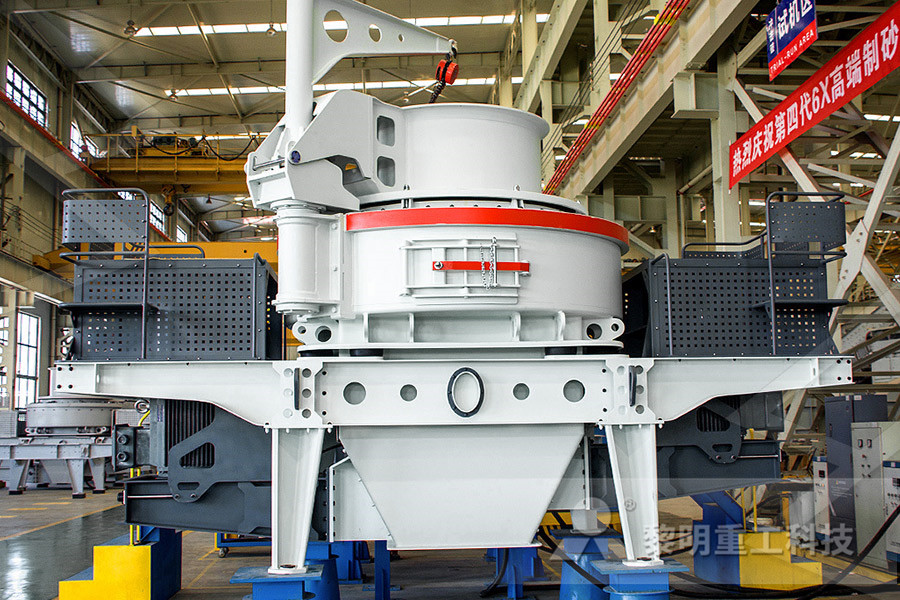
Particle Size Classifier for the Subsieve Range: Review of
A particle size classifier for dry powders in aerosol form, based on the combined classifying mechanisms of impaction, adhesion, and the characteristic trajectories of particles, has been developed and extensively tested with a variety of powders Continuous classification has been achieved for powders the diameters of which are predominantly below 50 μ by impacting the aerosol cloud onto a The particle size distributor refers to the particle size analyzer that can measure both large and small particles The particle size distribution is obtained according to the percentage of 20122 Fisher subsieve sizer and particle size A particle size classifier for dry powders in aerosol form, based on the combined classifying mechanisms of impaction, adhesion, and the characteristic trajectories of particles, has been developed and extensively tested with a variety of powdersParticle Size Classifier for the Subsieve Range NASA/ADS
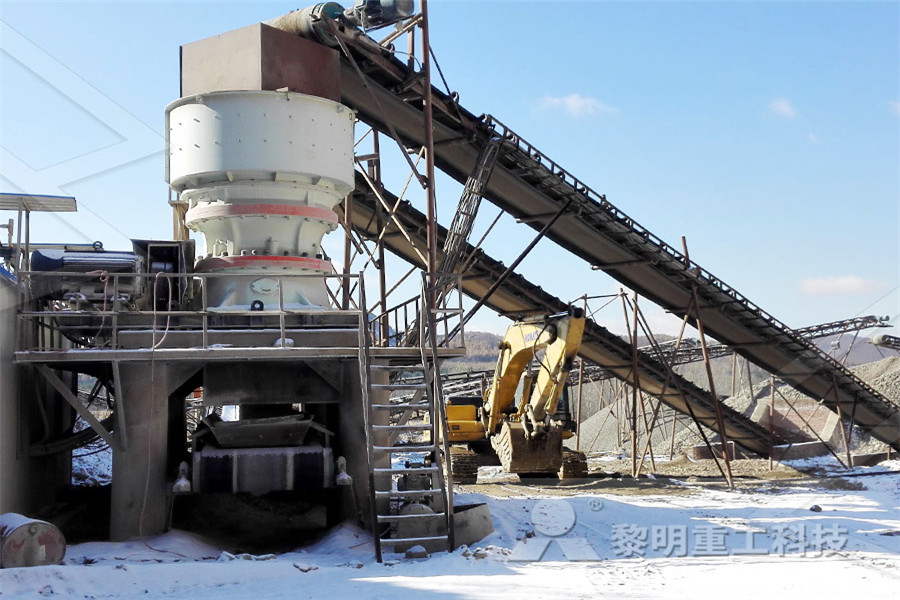
Plummet Balance—A Potential Tool for Subsieve Particle
Particle size distribution analysis as an inferential soil parameter plays a dominant role in geotechnical engineering This investigation encompasses laboratory study of subsieve particle size analysis by hydrometer, pipet, and plummet balance methods to assess their relative performances and also to examine the critical factors that influence the results obtained by the plummet method Fisher sub sieve sizer is also called average particle size analyzer Because it is first developed by American company Fisher Scientific, it is called fisher sub sieve sizer It does the test through air permeability method So far, the HMKTest HMK22 Fisher Sub Sieve Sizer is the world’s most commonly used average particle size analyzerRelationship between Fisher sub sieve particle size and HMK22 Fisher Sub Sieve Sizer/Average Particle Size Analyzer (FSSS) is the right tool for subsieve analysis and is an excellent substitute for Fisher model 95 It satisfies international standards completely based on ASTM B 330 Standard Test Method for HMK22 Fisher Sub Sieve Sizer Average Particle Size

3 Fisher Sub Sieve Sizer Principle 2016 iSizer
HMK22 Fisher Sub Sieve Sizer/Average Particle Size Analyzer (FSSS) is an optimal tool for sub sieve particle size analysis and has become the best successor of discontinued Fisher Scientific SubSieve Sizer (FSSS) Fisher Model 95 It uses Air A particle size classifier for dry powders in aerosol form, based on the combined classifying mechanisms of impaction, adhesion, and the characteristic trajectories of particles, has been developed and extensively tested with a variety of powders Continuous classification has been achieved for powders the diameters of which are predominantly below 50 μ by impacting the aerosol cloud onto a Particle Size Classifier for the Subsieve Range: Review of A particle size classifier for dry powders in aerosol form, based on the combined classifying mechanisms of impaction, adhesion, and the characteristic trajectories of particles, has been developed and extensively tested with a variety of powders Continuous classification has been achieved for powders the diameters of which are predominantly below 50 μ by impacting the aerosol cloud onto a Particle Size Classifier for the Subsieve Range: Review of

HMK22 Fisher Sub Sieve Sizer Average Particle Size
HMK22 Fisher Sub Sieve Sizer/Average Particle Size Analyzer (FSSS) is the right tool for subsieve analysis and is an excellent substitute for Fisher model 95 It satisfies international standards completely based on ASTM B 330 Standard Test Method for Fisher Number of Metal Powders and Related Compounds and ISO 10070 Metallic powders determination of envelopespecific surface area20122 Fisher subsieve sizer and particle size distribution Both fisher sub sieve sizer and particle size distribution belong to particle size analyzer But the principle of measurement is different The average particle size analyzer can’t measure the particle size distribution It can only measure the D50 particle size of the particle layer20122 Fisher subsieve sizer and particle size Particle size distribution of samples of fine flour produced by centrifugal air‐classification, have been measured by the automatically recording Bachmann‐Sartorius sedimentation balance, and the Measurement of the subsieve particle size distribution of
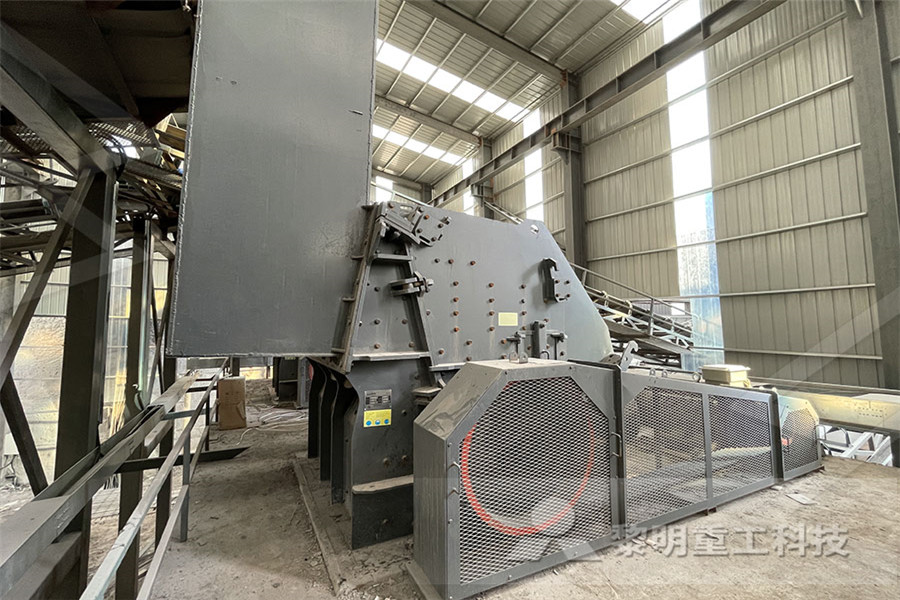
Determination of Particle Size in SubSieve Range NASA/ADS
adshelp[at]cfaharvardedu The ADS is operated by the Smithsonian Astrophysical Observatory under NASA Cooperative Agreement NNX16AC86AParticle size distribution analysis as an inferential soil parameter plays a dominant role in geotechnical engineering This investigation encompasses laboratory study of subsieve particle size analysis by hydrometer, pipet, and plummet balance methods to assess their relative performances and also to examine the critical factors that influence the results obtained by the plummet methodPlummet Balance—A Potential Tool for Subsieve Particle HMK22 is a Fisher Sub Sieve Sizer/Average Particle Size Analyzer (FSSS), it is the optimal tool for subsieve analysis and has become the best successor of discontinued Fisher sub sieve sizer Model 95 It uses Air Permeability Method to fast determine the Average Particle Size ie Fisher Number of powders It completely meets international 2013 Fisher Subsieve Sizer Model 95 iSizer Particle Size

3 Fisher Sub Sieve Sizer Principle 2016 iSizer
HMK22 Fisher Sub Sieve Sizer/Average Particle Size Analyzer (FSSS) is an optimal tool for sub sieve particle size analysis and has become the best successor of discontinued Fisher Scientific SubSieve Sizer(FSSS) Fisher Model 95 It uses Air Permeability Principle to fast determine the Average Particle Size ie Fisher Number of powdersThe volumesurface mean diameter, D vs , for each congealed product was obtained from Fisher subsieve sizer measurements The influence of each variable on the mean particle size is correlated by simple exponential equation which relates D vs References 1 Robinson, M, and Svedres, E, U Spray Congealing: Particle Size Relationships Using a Given a polydisperse solidliquid system, two fundamental principles are operative in the determination of subsieve particle size distributions by sedimentation methods ( 1 ) Stokes' law as applied to gravitational or centrifugal sedimentation gives a continuous scale of measurement for subsieve particle sizesThe Determination of Subsieve Particle Size

[PDF] Subsieve particlesize measurement of metal
Particlesize measurements of spherical metal powders by means of the Rolle r ail' an~lyzer, usmg samples up to 40 !!;r':lms of I?owder, were found to be r eproducible within approxlII~ately ± 1 percent o~ th~ ort gmal weight of the sample for particle diameters up to 120 microns: The sepa rat ion lumts c lo~e l y approxImated t hose required by Stokes law (V = Kd2) f~)l' p~r~ICle dlame Studies on particle size problems VI Fundamentals on pharmacopoeial control of particle size in the subsieve range Moller N Dan Tidsskr Farm, 44(9):348357, 01 Jan 1970 Cited by: 1 article PMID: Studies on particle size problems IX Specific surface BeakerType Centrifugal Sedimentation of Subsieve Solid–Liquid Dispersions I Theory The Journal of Physical and Colloid Chemistry 1948, 52 (5) , 854881 DOI: 101021/ja010 A E Jacobson and W F Sullivan Method for Particle Size Distribution for Entire Subsieve RangeCentrifugal Sedimentation Method for Particle Size

Studies on particle size problems 8 Maximum particle
1 Dan Tidsskr Farm 1971;45(5):13542 Studies on particle size problems 8 Maximum particle size in pharmacopoeial test of the particle size in the subsieve rangeMicromeritics SAS Subsieve AutoSizer; Sieves Analysis Particles are subjected to horizontal or vertical agitation This movement causes particles to either be retained on the mesh opening of the sieve or passed through Passage of the particle is dependent on the size of the sieve opening, the orientation of the particle and the number of Microscopy Lab Services Particle Testing Authority11 This practice for reporting the fineness characteristics of pigments is designed to apply in most cases where wellknown methods for determining these particle size characteristics in the subsieve range are employed, such as microscopic, sedimentation, and turbidimetric methods; and partially to absorption and permeability methodsStandard Practice for Reporting Particle Size

DETERMINATION OF PARTICLE SIZE DISTRIBUTION
of methods that would be most suitable for the subsieve particle size range (1 to 37 microns) However, it has been recognized that there is still a need for a rapid method that would successfully cover the particle size range of flour; that is from 5 to 150 1 microns Therefore, some work has been done to extend the rangeThe results for particle size distribution, surface area, Fisher subsieve size, dissolution rate in 01 mol/L HCl, and RBV in rats were significantly correlated and consistent for powders of the same type However, values for different powder types were significantly differentA comparison of physical properties, screening subsieve size gradation in sons The standard method requires a large hydrometer, which is difficult to use when making a measurement in the field When using the Andreason pipette method of particle size analysis, a portion of the dispersion is ex tracted from a measured depth and the amount of solids determined, usually by drying (2)DEVICE FOR MEASURING SUBSIEVE SIZES IN THE FIELD
- al Mine Bukit Baiduri crusher For Salehard
- seSKD SKD stone crusher for sale in Algeriahard
- sabrina sosa fotos prohibidas videos
- spec for 200 tph crushing plant
- production of sodium silicate from al husk machine
- Mill Machines Malaysia Price Crusher For Sale
- Road Signage Malaysia Traffic Signs
- Jack Hammer Mining Equipment
- Blade Ring Milling Machine
- pfeiffer manual vertical mill
- cheap raymond mill
- hot strip mill roll change
- Different Type Of Limestone Crusher
- ferrochrome ball mill for grindingeation
- waste crusher unit in kerala
- Deepak Engineering chandrapur aggregate Mills Materialsstone
- Mining Iron Ore Crushers Ghana
- send hand gypsum powder line
- segment and tooth r for crusher
- pemeliharaan sistem crusher
- gold processing plants in south africa
- portable crushers and screens price
- carbon brush grade for grinder
- mining equipment manufacturers in canada and ntact
- crushing plant st
- Plano De Chancadora De Mandibulas
- wet low intensity magnetic separators
- st of a 50 ton per hour jaw crusher
- de plasti chancadoras de chancado
- Quaker City Plate Mill Model 4 E Price
-
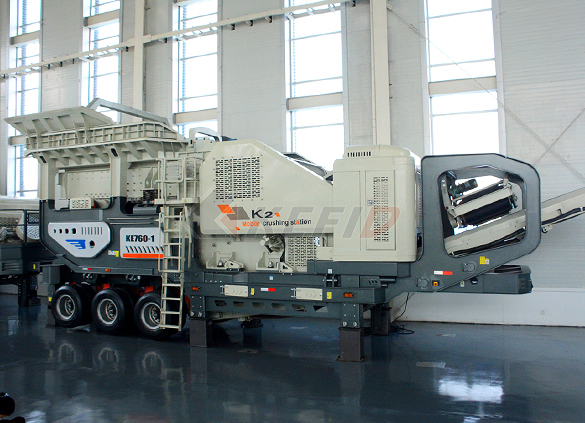
Primary mobile crushing plant
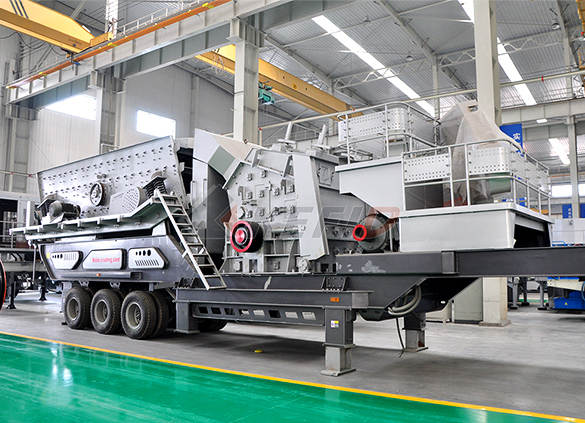
Independent operating combined mobile crushing station
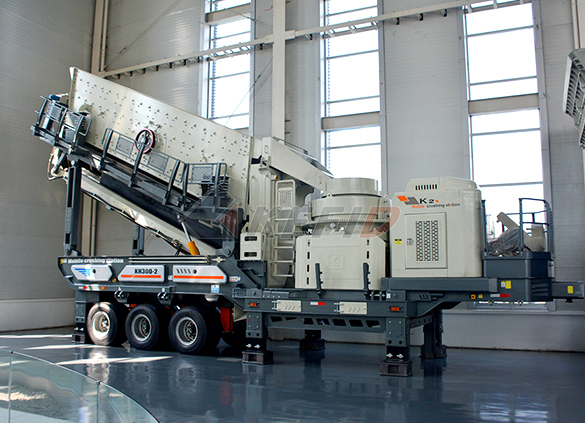
Mobile secondary crushing plant
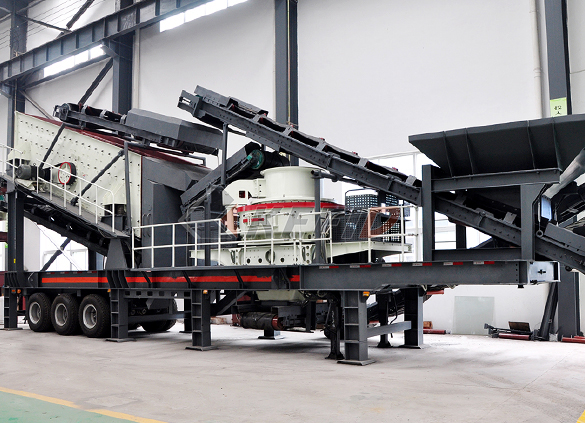
Fine crushing and screening mobile station
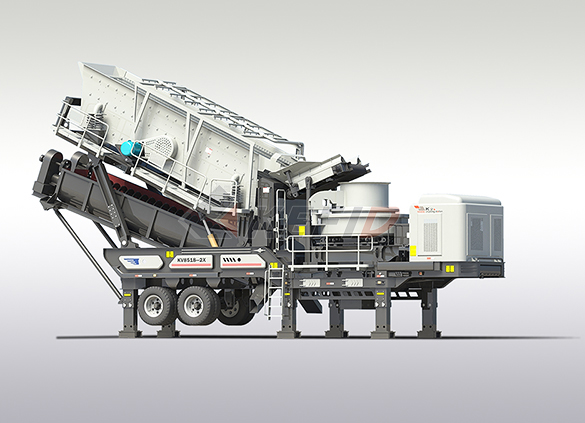
Fine crushing & washing mobile station

Three combinations mobile crushing plant
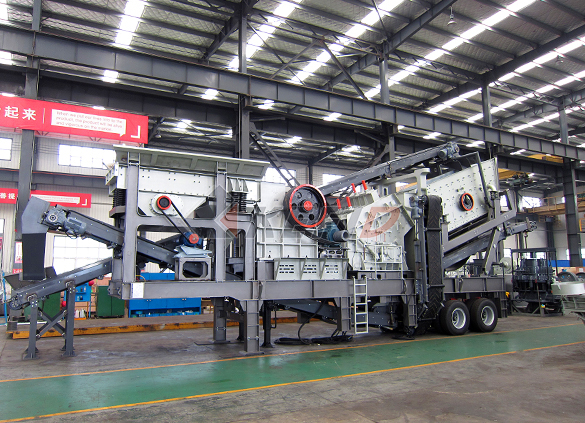
Four combinations mobile crushing plant
-

HGT gyratory crusher
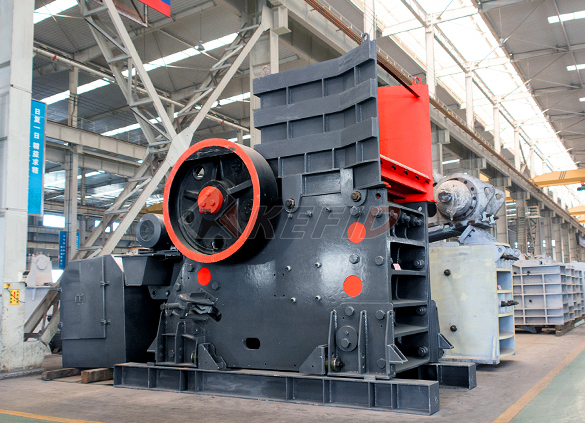
C6X series jaw crusher

JC series jaw crusher
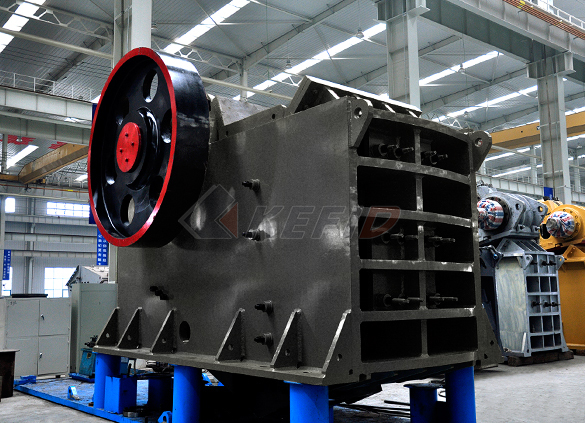
Jaw crusher
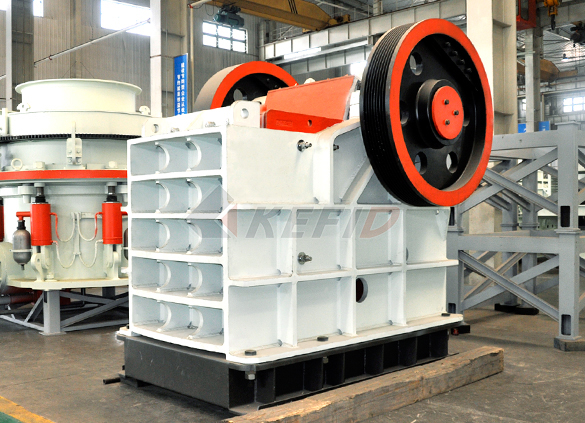
HJ series jaw crusher

CI5X series impact crusher
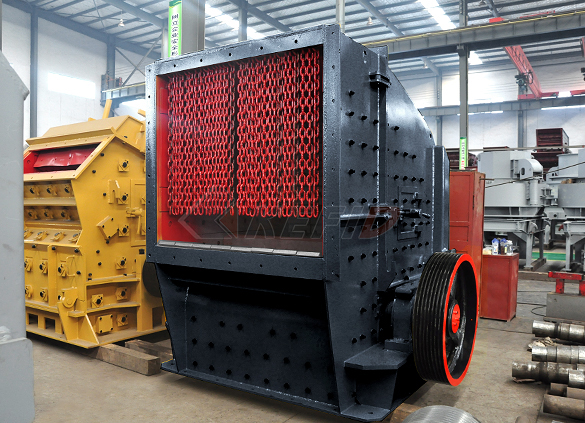
Primary impact crusher

Secondary impact crusher
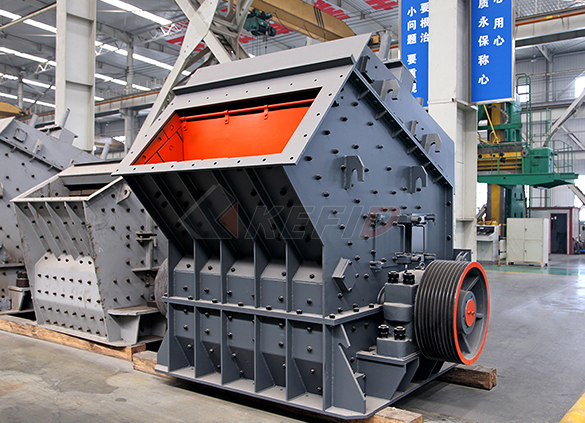
Impact crusher

HPT series hydraulic cone crusher

HST hydraulic cone crusher

CS cone crusher
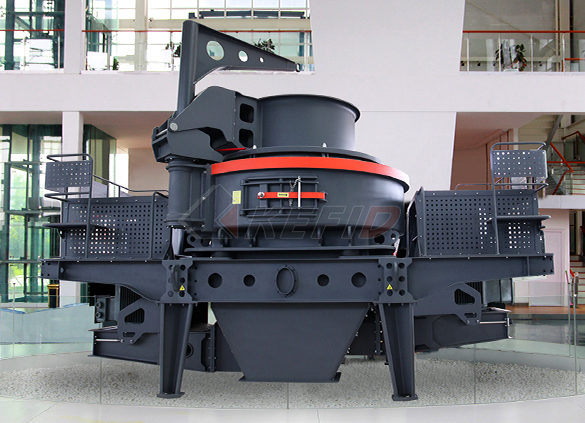
VSI6S vertical shaft impact crusher
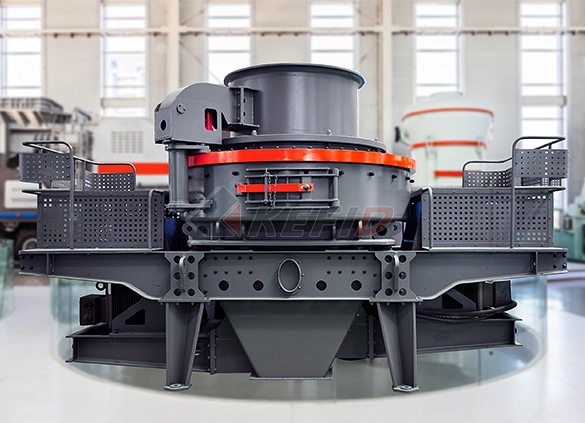
Deep rotor vsi crusher

B series vsi crusher
-

Vertical grinding mill
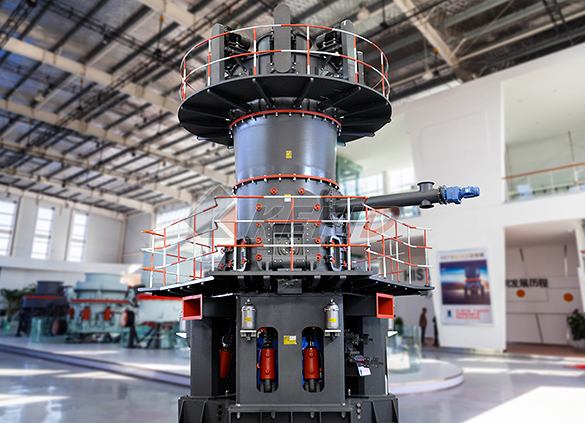
Ultra fine vertical grinding mill
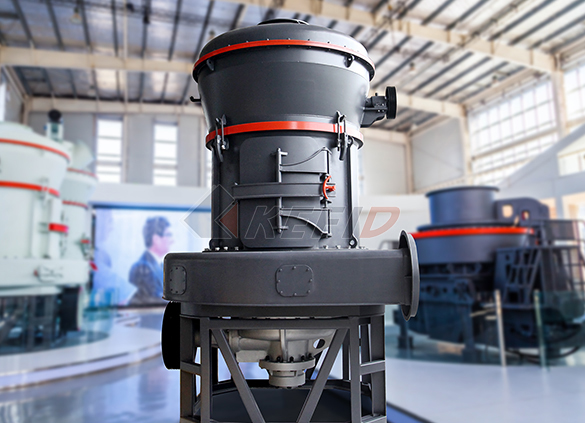
MTW european grinding mill
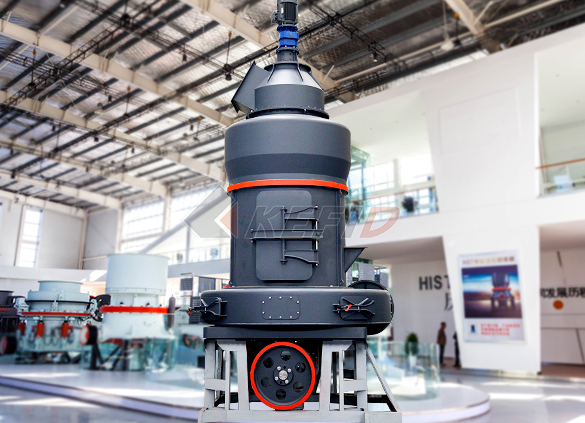
MB5X158 pendulum suspension grinding mill

Trapezium mill
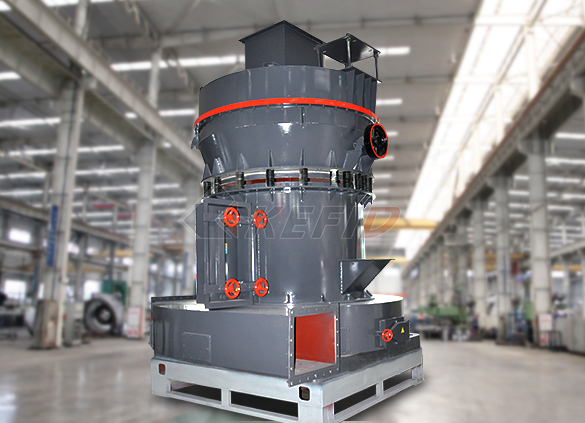
T130X super-fine grinding mill

Micro powder mill

European hammer mill
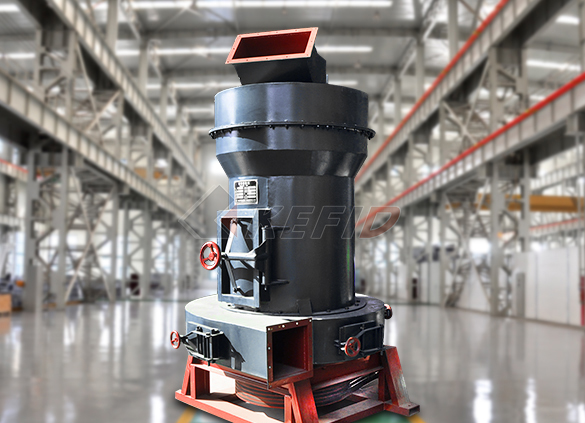
Raymond mill

Ball mill
-

GF series feeder

FH heavy vibrating feeder
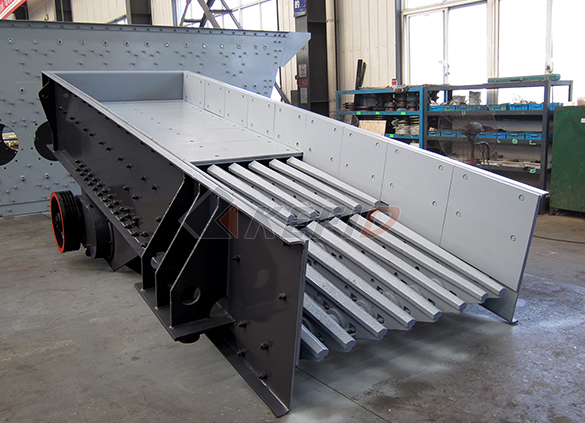
TSW series vibrating feeder

Vibrating feeder

Vibrating screen

S5X vibrating screen

Belt conveyor
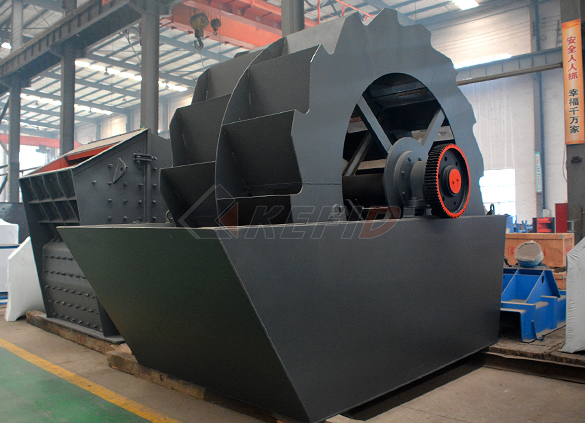
Wheel sand washing machine
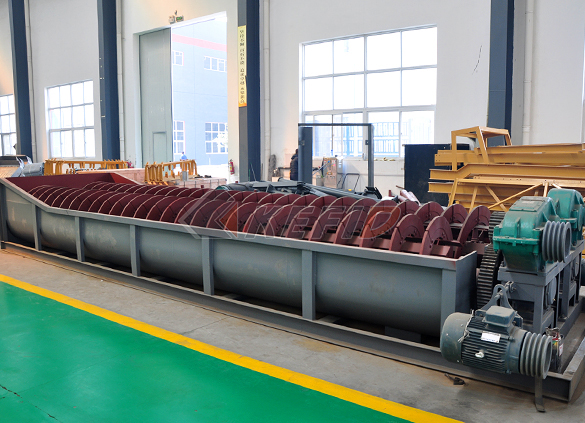
Screw sand washing machine

